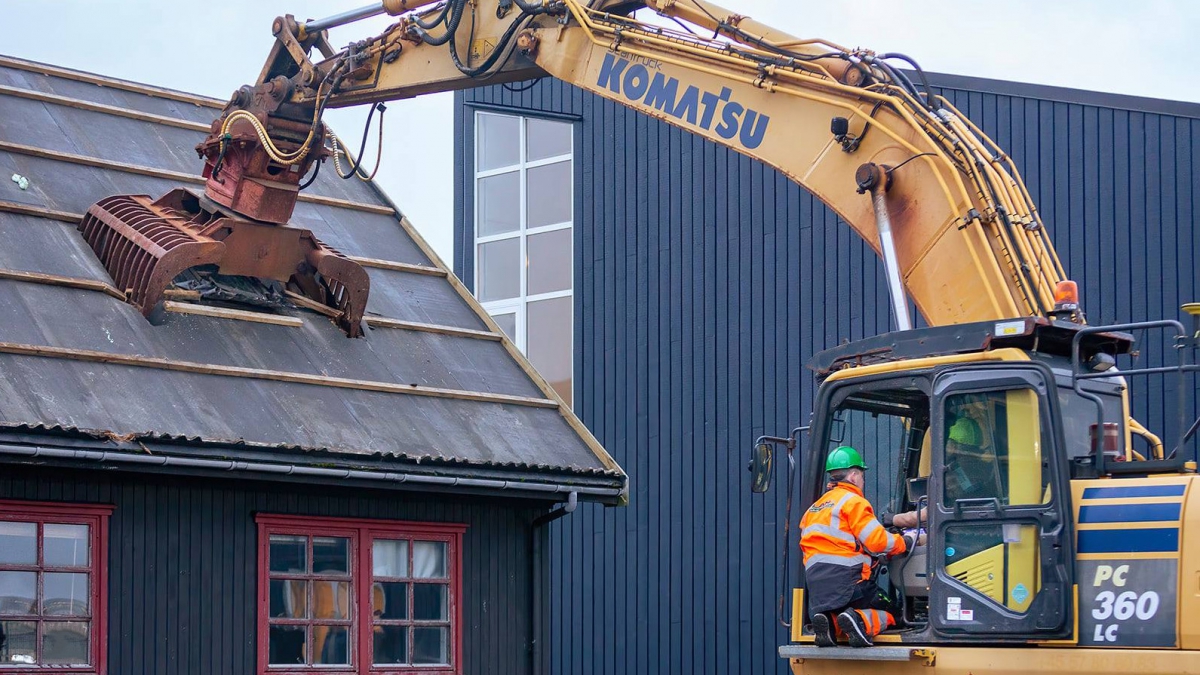Starvsfólk
11. nov 2020
27,200 employees in October – a year-on-year increase of 0.3%

The trend suggests that while the number of employees is continuing to grow, this growth is slowing down, especially in the past year.
[px-graph-1]
The graph below shows the employee numbers for each gender. The semi-transparent lines show the employee numbers, while the solid lines show the trend.
In October, there were approx. 14,030 male employees (22 fewer than in October 2019) and 13,154 female (just over 100 more than in 2019).
[px-graph-2]
The graphs below show the employee figures (semi-transparent lines) and the trends (solid lines) in the four main industrial sectors. The first graph shows the two largest sectors, and the second shows the two smallest.
Compared with October 2019, the employee figure has increased by 1.2% in the ‘Governmental and other services’ sector, by 1.5% in ‘fishery and other natural resources’, while the figure has decreased by 0,9% in ‘construction and other manufacturing’ sector and by 0.7% in the ‘private services’ sector
[px-graph-3]
[px-graph-4]
About employees
An employee is anyone aged between 16 and 74 who earns a wage that is subject to tax at source (PAYE) and resides in the Faroe Islands at the time of wage payment. A person is regarded as an employee if he or she receives a wage payment which is no lower than a day wage for an unskilled worker, regardless of whether the wage is paid by a Faroese or an overseas company.
About the trend
The trend describes the employee trend by adjusting for seasonal effects and error components in the figures.
About the main industrial sectors
Grouped under the ‘fishery and other natural resources’ sector are the following branches: agriculture, fishing, aquaculture, extraction of raw materials, fish processing and activities not elsewhere indicated.
The ‘construction and other manufacturing’ sector includes: shipyards/machine shops, other manufacturing, construction and energy.
The ‘private services’ sector includes: trade and repair, hotels and restaurants, sea transport, other transport, communications, finance and insurance, business services. household services and organisations, culture, etc.
‘Governmental and other services’ includes: public administration and services (central administration, municipalities, education, health and social work), government institutions and the Ministries of Education and Health.